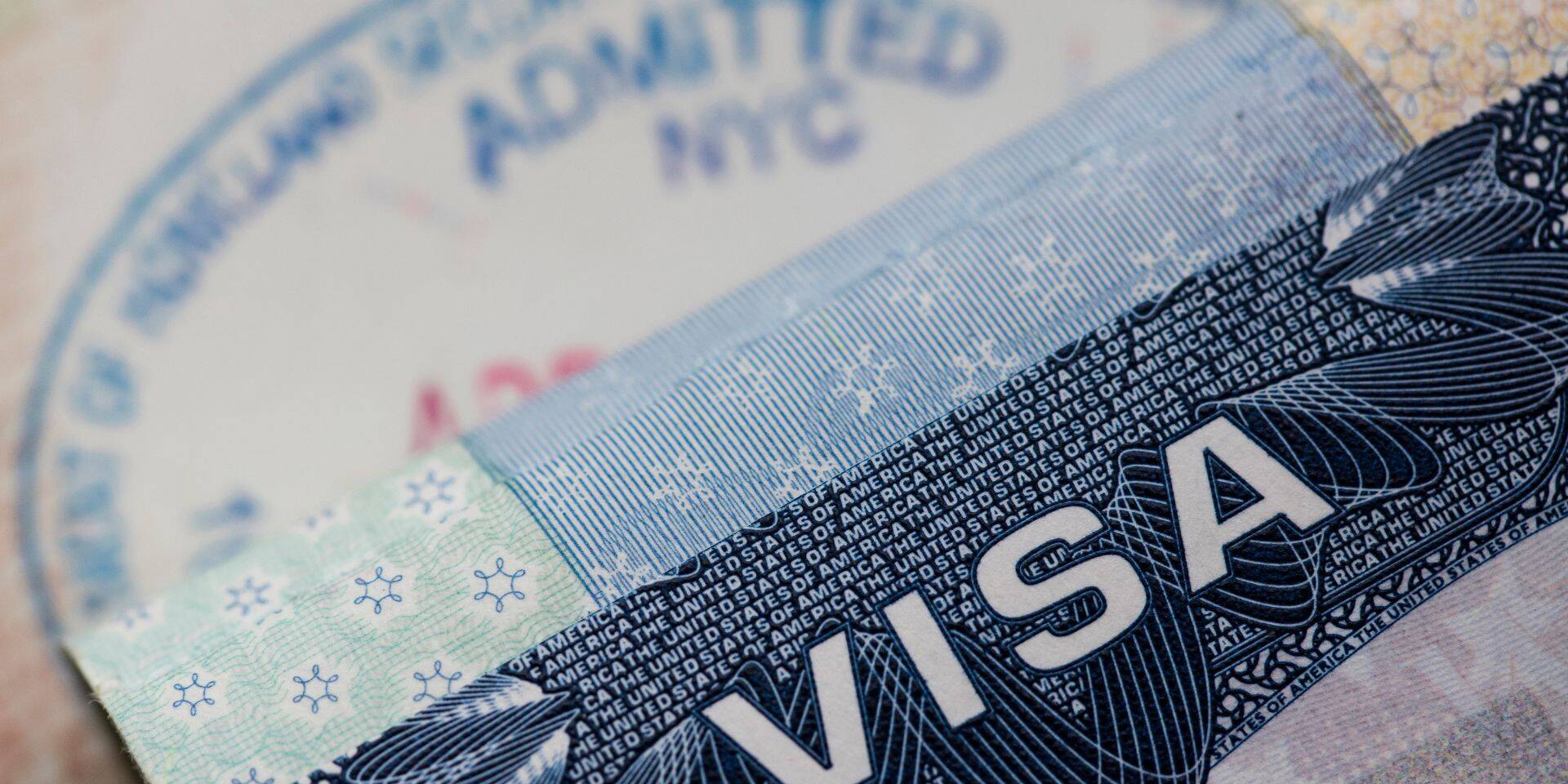The Department of Homeland Security (DHS) announced the process under the Cuban Family Reunification Parole Process (CFRP) and Haitian Family Reunification Parole Process (HFRP) will be streamlined with the use of technology. DHS stated they have encountered several difficulties implementing the CFRP and HFRP processes in the past due to the social, economic, environmental, and political conditions in Cuba and Haiti. To address that, DHS made most of the process electronic, explained further below.
Cuban Family Reunification Parole Process (CFRP)
The CFRP began in 2007. It allows U.S. citizens and lawful permanent residents (LPR) the option to apply for an immigrant visa for their Cuban family member (beneficiary) through filing an I-130, Petition for Alien Relative. Once USCIS approves the I-130, the State Department in its discretion issues a letter of invitation. This letter of invitation allows the citizen/LPR to file a form I-131, Request for Travel Authorization to the U.S.
During this process, the U.S. government (government) conducts an interview of the beneficiary in Havana, Cuba to ensure they are eligible for CFRP. The beneficiary also undergoes a medical examination. If the government finds the beneficiary eligible, the government approves travel authorization. The beneficiary then travels to a point of entry (POE) in the United States. At the POE, DHS interviews the beneficiary and either grants parole or denies it. If granted, the beneficiary is allowed up to 3 years of parole. The beneficiary may also file for work authorization during that period.
What makes the CFRP beneficial?
The approved I-130 (mentioned above) includes a priority date. Much like other immigrants, it may take years before the priority becomes current and the beneficiary qualifies for adjustment of status. This is where the process changes for Cuban nationals.
Through the CFRP, the government has the option to grant advance parole for Cuban nationals allowing them to wait for their priority date to become current while in the United States. It also gives them the ability to work during that time.
But of course, being a government program, it takes time and can be affected by country conditions. Due to difficulties in Cuba and rocky U.S. – Cuba relations, in 2014 the State Department stopped issuing invitation letters, bringing the process to a halt, resulting in a backlog of approved I-130’s.
So, what now?
Last year, the government announced the resumption of invitation issuance. To streamline the process, a lot of it is now electronic. The citizen/LPR still applies for I-130 Immigrant Visa on behalf of the Cuban national. Once approved the government at its discretion sends the invitation and instructions to the citizen/LPR as to how they may serve as a financial supporter. filing an I-134 S online. The government then conducts a background check on the beneficiary and their medical examination. If cleared, the beneficiary is allowed to travel to the U.S. and seek parole at a POE.
These changes eliminate the beneficiary’s need to be interviewed in person by the government in Havana. Their only in-person contact is the medical examination and request for parole at the POE.
Haitian Family Reunification Parole Process (HFRP)
The process for the HFRP is largely the same as for Cubans. A citizen/LPR applies for a Haitian family member’s (beneficiary) immigrant visa via an I-130. Once approved, the government at its discretion issues an invitation and allows the citizen/LPR to file for an I-131 to request travel authorization.
The beneficiary then goes to an in-person interview with the government in Port-au-Prince, Haiti. They then undergo a medical examination. If approved, the beneficiary is given approval to fly to the United States and request parole at the POE. If paroled, the beneficiary may file for employment authorization for the duration of the parole.
Like the new CFRP process, the citizen/LPR applies for an I-130. The I-130 is approved and the government issues an invitation. The citizen/LPR may file an I-134A form of financial support online. Once the beneficiary completes the medical examination, if approved, the government conducts background checks on the beneficiary. If the government clears the beneficiary, the individual is allowed to fly to the U.S. and request parole at the POE.
Like CFRP, the filings are done electronically, and the beneficiary need not go to an in-person interview in Haiti. The only in-person part of the process is the medical examination and the parole request at a POE.
Notable differences from the original HFRP process
Before 2014, the HFRP process was only available to those beneficiaries whose I-130 immigrant visa was approved and whose immigrant visa was not currently available on or before December 2014. The new process allows all those who have an approved I-130 and have not received an immigrant visa regardless of when USCIS approved the I-130 (i.e., the 2014 cut-off is no longer in effect), to be eligible for an invitation from the government.
Final note
For both the CFRP and HFRP, the beneficiary must be a Cuban or Haitian national outside the U.S. but does not need to live in Cuba or Haiti.
Here at ILBSG, we are committed to helping our clients with their immigration needs, including finding the best option for them and keeping them up to date on immigration news. If you have questions about CFRP and/or HFRP please reach out to an experienced attorney at ILBSG today. We are here to help.
Related Posts
May 8, 2025
Immigration Officials used Criminal Database for Student Visa Terminations
DHS revealed they used the FBI-ran NCIC…
May 5, 2025
Big Tech Provides ICE with New Immigration Tracking Software
Federal officials are teaming up with a…


